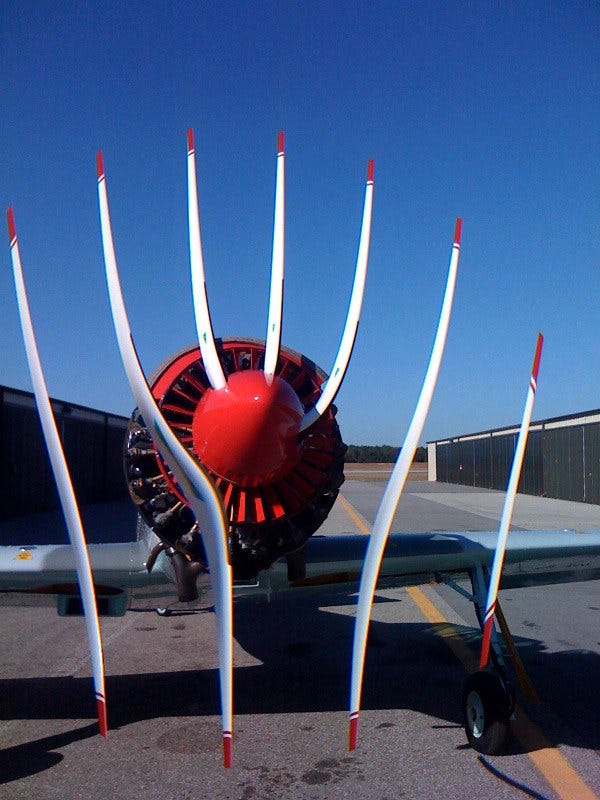Rolling-shutter-effect
You may have encountered rolling-shutter-effect (RSE) when taking photos of a fast-moving object, like propellers or a car on the highway. Propellers and cars get distorted or straight lines to bend; so what’s going on here?

Most smartphone and digital cameras use so-called Complementary Metal-Oxide-Semiconductor (CMOS) sensors while many other reflex cameras use CCD pixels (charge-coupled device). I won’t go into any detail on the physical difference between these because in order to understand our RSE we need to look at the light exposure.
With a CCD camera, light exposure is what you would expect it to be: shine some light on all pixels for X amount of time, then save that and move on. This is called global exposure. However, with the cheaper CMOS pixels, the camera scans in a horizontal line, usually from top to bottom. If any object in your frame is moving (or if you are) pixels will be exposed at different times thus objects will appear at different places in one snapshot.
Depending on how fast your object is moving in comparison to your cameras screening different patterns will appear

Try this with your smartphone the next time you’re on the highway (not as the driver) and try to figure out how your camera scans; left to right or top to bottom?
And as always, stay curious!
